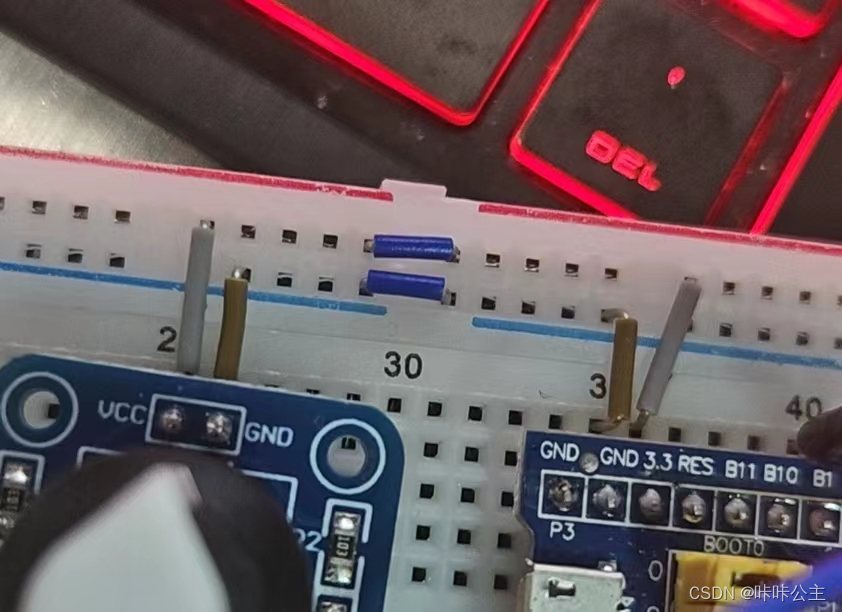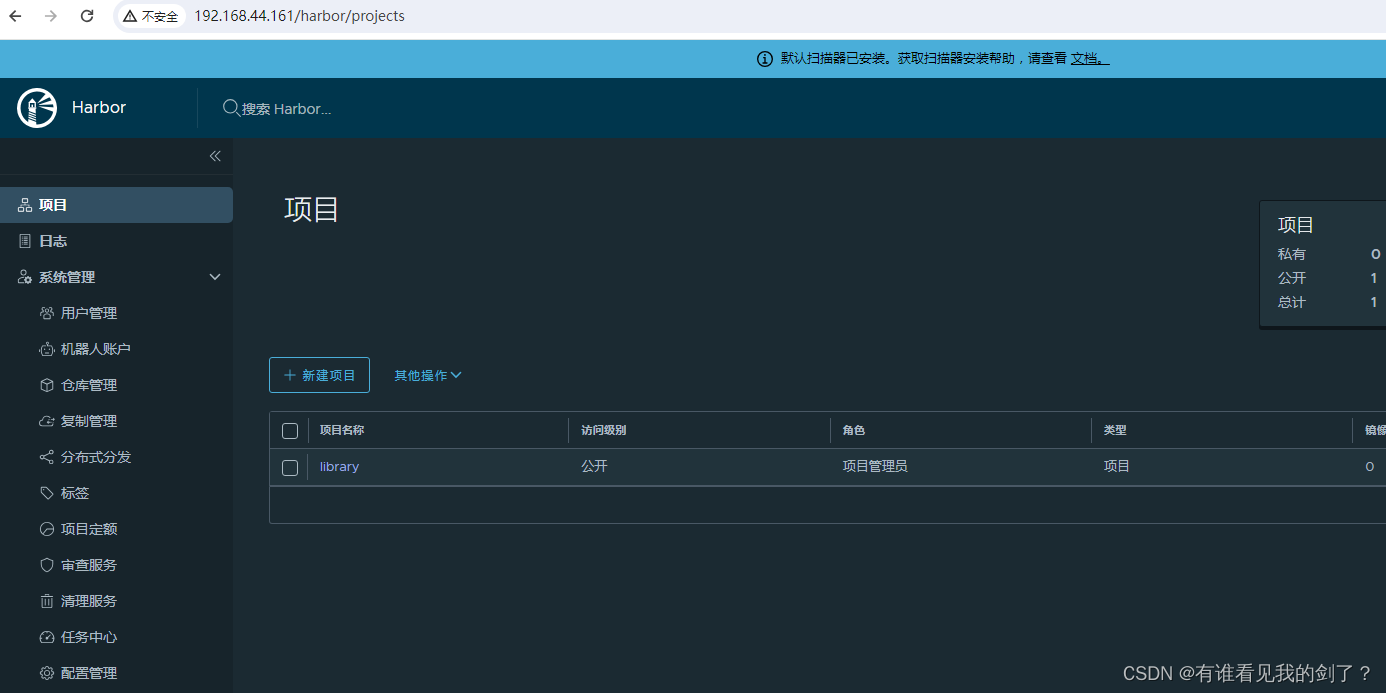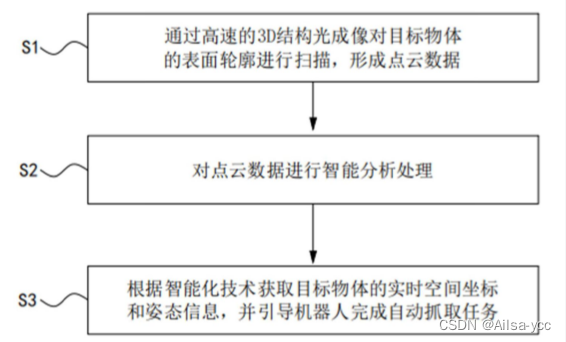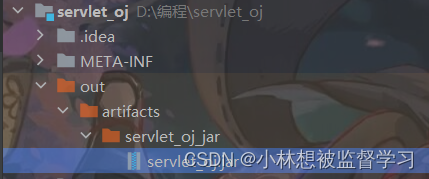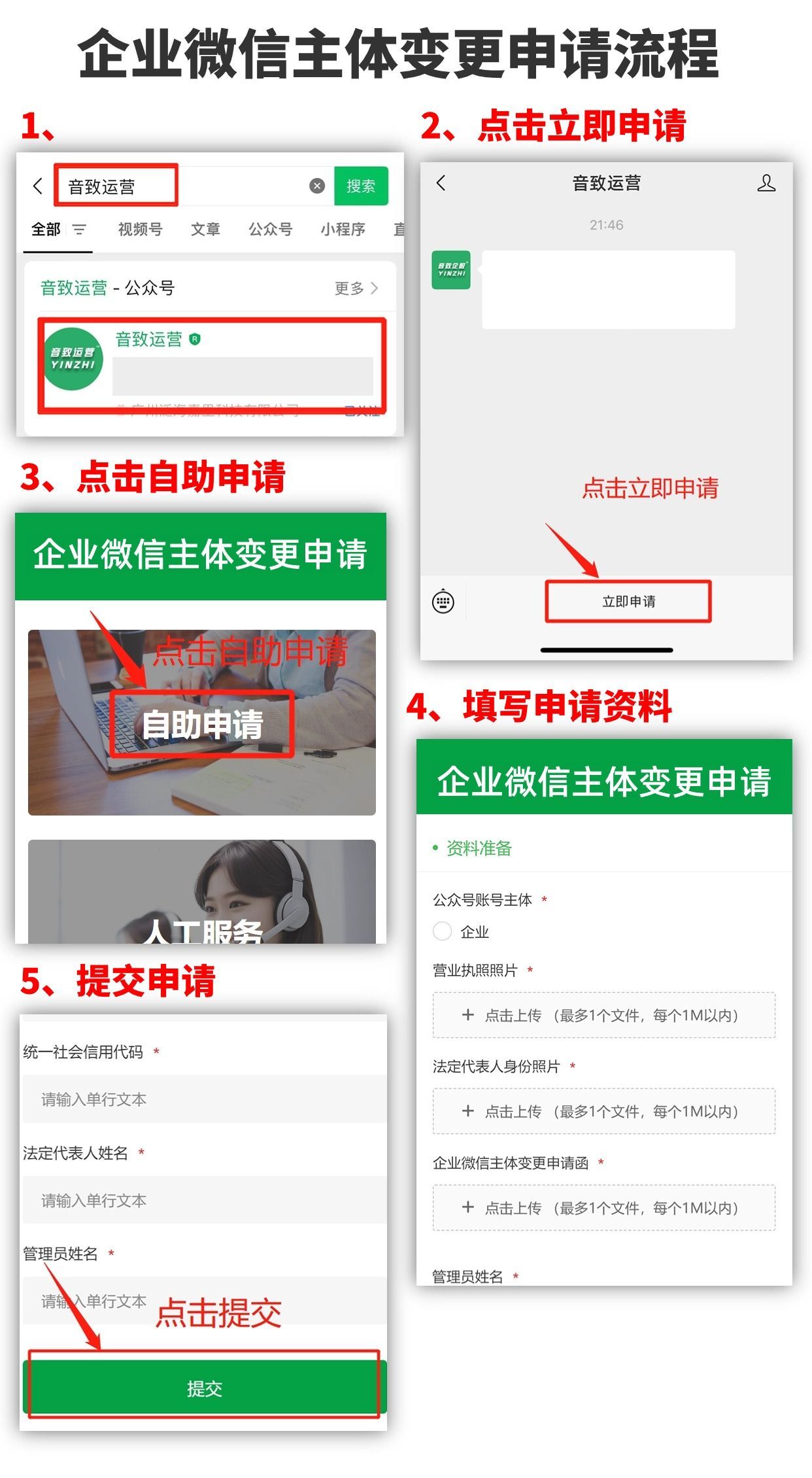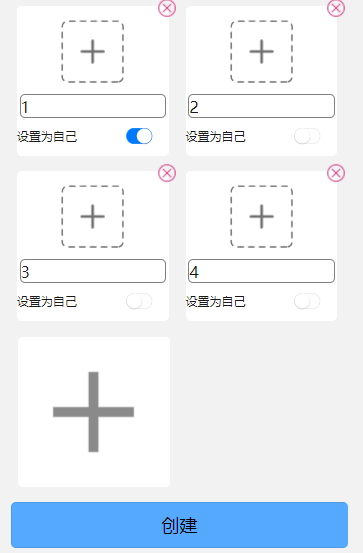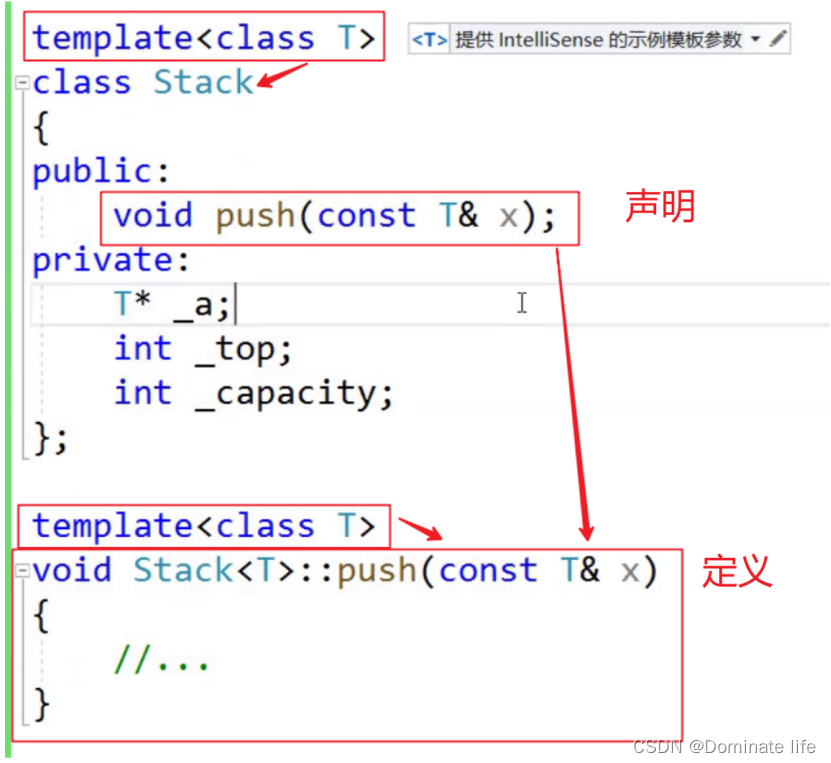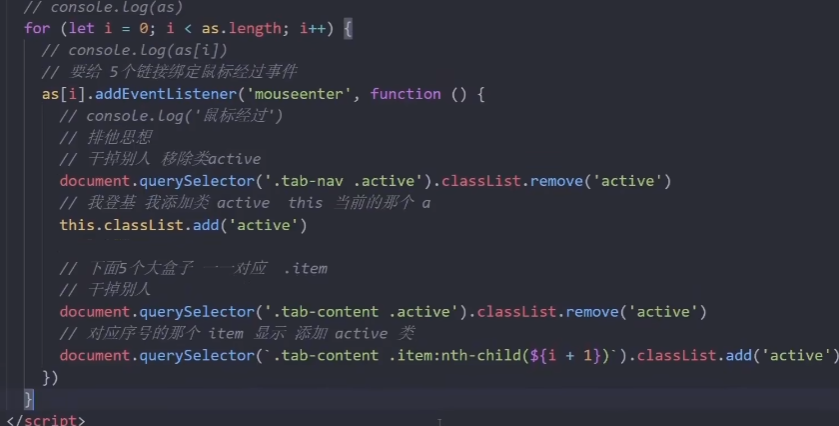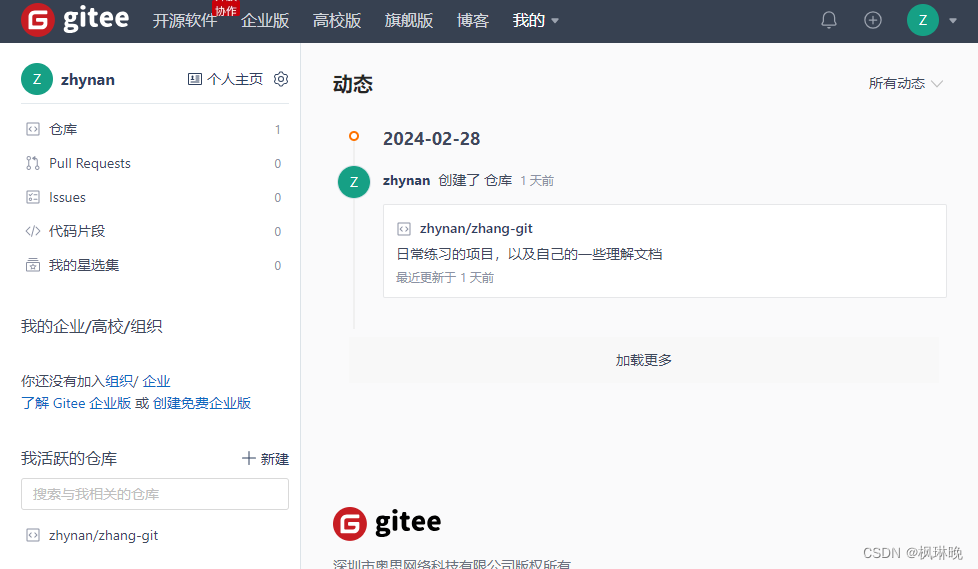使用Python,maplotlib绘制树型有向层级结构图
- 1. 效果图
- 2. 源码
- 2.1 plotTree.py绘制层级结构及不同样式
- 2.2 plotArrow.py 支持的所有箭头样式
- 参考
前俩篇博客介绍了
1. 使用Python,networkx对卡勒德胡赛尼三部曲之《群山回唱》人物关系图谱绘制
2. 使用Python,networkx绘制有向层级结构图
3. 使用Python,maplotlib绘制树型有向层级结构图 这篇博客是绘制层级结构图三部曲最后一篇。
1. 效果图
按父子层级结构绘制图形,并标记之间的关联关系,并根据不同标签绘制不同颜色箭头(hello的蓝色箭头,bad的红色箭头,默认绿色箭头),效果图如下:
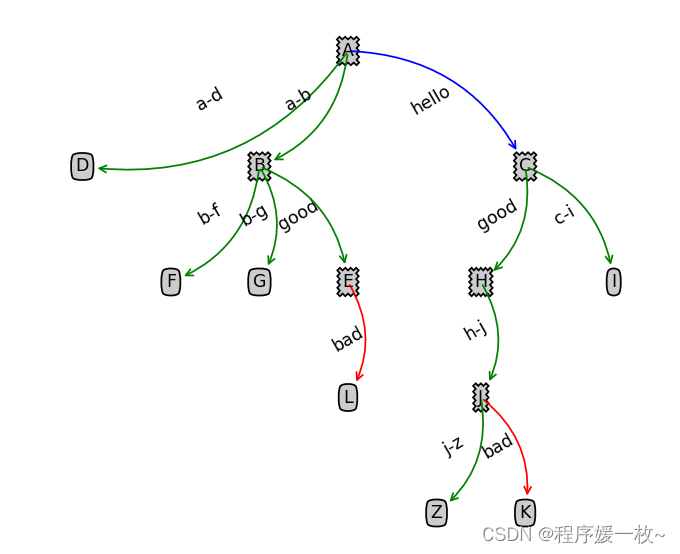
同样是表达层级结构关系,可以很明显的看出来这比上篇博客使用networkx绘制的层级图要清楚很多,一目了然。
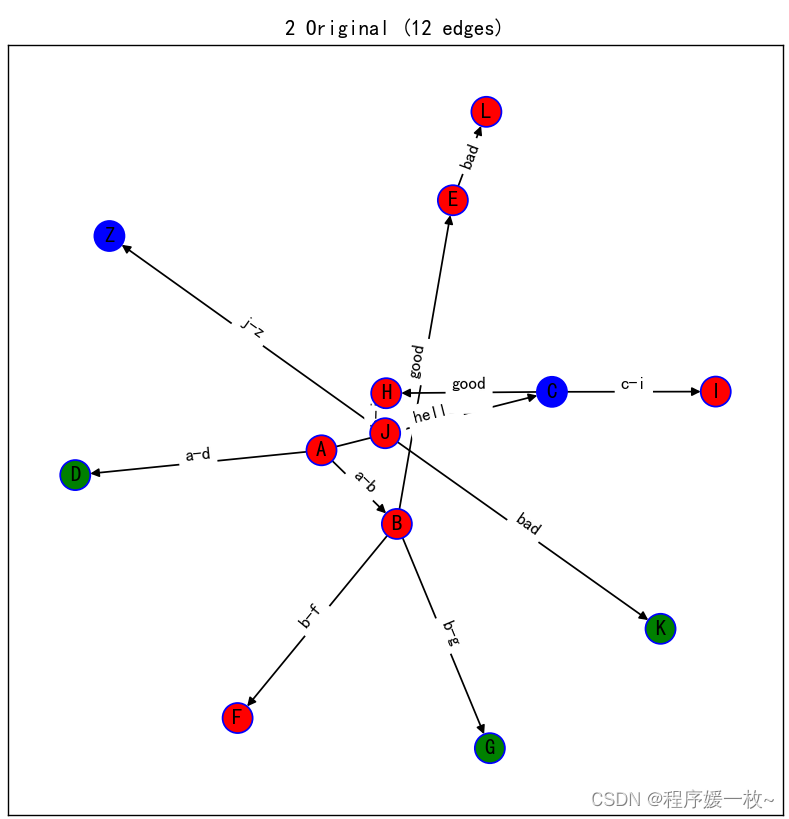
不同箭头样式:
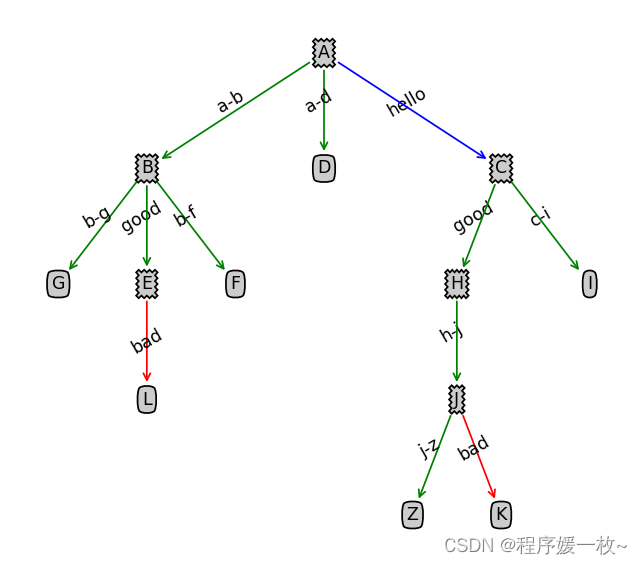
支持的所有箭头及箭头弯曲程度样式如下:
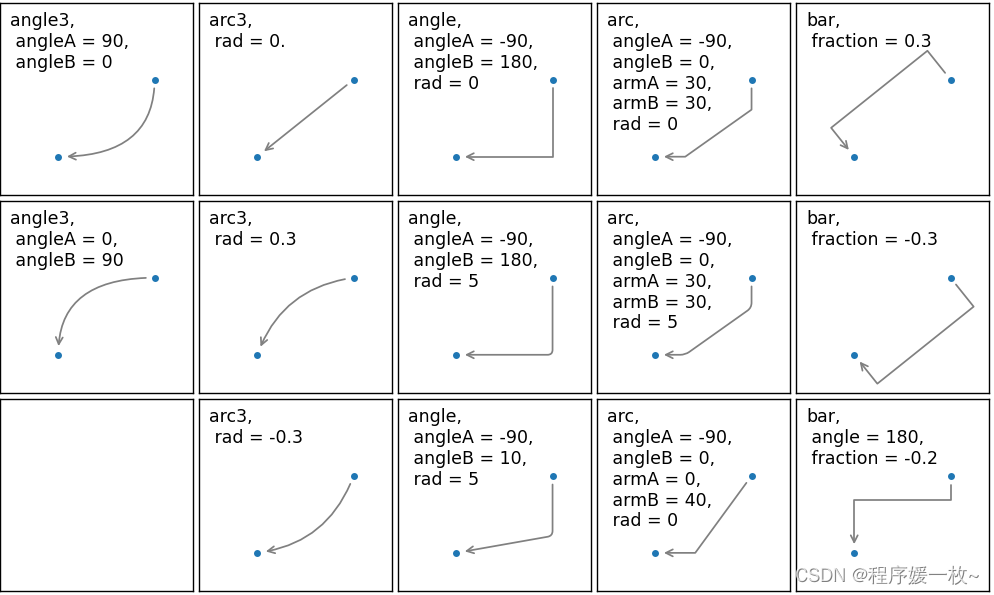
2. 源码
2.1 plotTree.py绘制层级结构及不同样式
# python plotTree.py
# 绘制层级结构图,并根据标签值对树绘制不同颜色
import matplotlib.pyplot as plt
plt.rcParams['backend'] = 'TkAgg'
decisionNode = dict(boxstyle="sawtooth", fc="0.8")
leafNode = dict(boxstyle="round4", fc="0.8")
def getNumLeafs(myTree):
numLeafs = 0
firstStr = list(myTree.keys())[0]
secondDict = myTree[firstStr]
for key in secondDict.keys():
if type(secondDict[
key]).__name__ == 'dict': # test to see if the nodes are dictonaires, if not they are leaf nodes
numLeafs += getNumLeafs(secondDict[key])
else:
numLeafs += 1
return numLeafs
def getTreeDepth(myTree):
maxDepth = 0
firstStr = list(myTree.keys())[0]
secondDict = myTree[firstStr]
for key in secondDict.keys():
if type(secondDict[
key]).__name__ == 'dict': # test to see if the nodes are dictonaires, if not they are leaf nodes
thisDepth = 1 + getTreeDepth(secondDict[key])
else:
thisDepth = 1
if thisDepth > maxDepth: maxDepth = thisDepth
return maxDepth
def plotNode(nodeTxt, centerPt, parentPt, nodeType, color):
# 分别表示箭头的样式,俩边距离边框的值,以及箭头线的弯曲程度,箭头的颜色
arrow_args = dict(arrowstyle="<-", shrinkA=10, shrinkB=10, patchA=None, patchB=None, connectionstyle="arc3,rad=0.3",
color=color)
arrow_args = dict(arrowstyle="<-", shrinkA=10, shrinkB=10, patchA=None, patchB=None, connectionstyle="arc3, rad = 0.",
color=color)
createPlot.ax1.annotate(nodeTxt, xy=parentPt, xycoords='axes fraction',
xytext=centerPt, textcoords='axes fraction',
va="center", ha="center", bbox=nodeType, arrowprops=arrow_args)
def plotMidText(cntrPt, parentPt, txtString):
xMid = (parentPt[0] - cntrPt[0]) / 2.0 + cntrPt[0]
yMid = (parentPt[1] - cntrPt[1]) / 2.0 + cntrPt[1]
createPlot.ax1.text(xMid, yMid, txtString, va="center", ha="center", rotation=30)
def getArrowColors(parentNode, firstStr, edgeDict):
key = parentNode + '->' + firstStr
if not edgeDict.__contains__(key):
color = 'black'
elif edgeDict[key].__contains__('hello'):
color = 'blue'
elif edgeDict[key].__contains__('bad'):
color = 'red'
else:
color = 'green'
return color
def getArrowAttrTxt(parentNode, firstStr, edgeDict):
key = parentNode + '->' + firstStr
if not edgeDict.__contains__(key):
return ''
return edgeDict[key]
def plotTree(myTree, parentPt, parentNode, nodeTxt):
numLeafs = getNumLeafs(myTree)
depth = getTreeDepth(myTree)
firstStr = list(myTree.keys())[0]
cntrPt = (plotTree.xOff + (1.0 + float(numLeafs)) / 2.0 / plotTree.totalW, plotTree.yOff)
plotMidText(cntrPt, parentPt, getArrowAttrTxt(parentNode, firstStr, edgeDict))
plotNode(firstStr, cntrPt, parentPt, decisionNode, getArrowColors(parentNode, firstStr, edgeDict))
secondDict = myTree[firstStr]
plotTree.yOff = plotTree.yOff - 1.0 / plotTree.totalD
for key in secondDict.keys():
if type(secondDict[key]).__name__ == 'dict':
print("++++++++++++: ", key, firstStr)
plotTree(secondDict[key], cntrPt, firstStr, str(key)) # recursion
else:
print('----: ', secondDict[key], firstStr, key)
plotTree.xOff = plotTree.xOff + 1.0 / plotTree.totalW
plotNode(secondDict[key], (plotTree.xOff, plotTree.yOff), cntrPt, leafNode,
getArrowColors(firstStr, secondDict[key], edgeDict))
plotMidText((plotTree.xOff, plotTree.yOff), cntrPt, getArrowAttrTxt(firstStr, secondDict[key], edgeDict))
plotTree.yOff = plotTree.yOff + 1.0 / plotTree.totalD
def createPlot(inTree):
fig = plt.figure(1, facecolor='white')
fig.clf()
axprops = dict(xticks=[], yticks=[])
createPlot.ax1 = plt.subplot(111, frameon=False, **axprops) # no ticks
# createPlot.ax1 = plt.subplot(111, frameon=False) #ticks for demo puropses
plotTree.totalW = float(getNumLeafs(inTree))
plotTree.totalD = float(getTreeDepth(inTree))
plotTree.xOff = -0.5 / plotTree.totalW;
plotTree.yOff = 1.0;
plotTree(inTree, (0.5, 1.0), 'A', '')
plt.show()
def retrieveTree(i):
listOfTrees = [{'no surfacing': {0: 'no', 1: {'flippers': {0: 'no', 1: 'yes'}}}},
{'no surfacing': {0: 'no', 1: {'flippers': {0: {'head': {0: 'no', 1: 'yes'}}, 1: 'no'}}}}
]
return listOfTrees[i]
def getTree(treeDict, nood):
retrieveTree = {}
for i, val in enumerate(treeDict[nood]):
print(i, nood, val)
if (treeDict.__contains__(val)):
subTree = {}
subTree[val] = getTree(treeDict, val)
retrieveTree[i] = subTree
else:
retrieveTree[i] = val
return retrieveTree
def getRetrieveTree():
treeDict = {}
edgeDict = {}
with open("res/tree.txt", 'r', encoding='utf-8', errors='ignore') as f:
data = f.readlines()
for i, line in enumerate(data):
parentNode = line.split(",")[0]
childNode = line.split(",")[1]
edgeDict[parentNode + "->" + childNode] = line.split(",")[2]
# print(parentNode, childNode)
if not treeDict.__contains__(parentNode):
treeDict[parentNode] = set()
treeDict[parentNode].add(childNode)
print(treeDict)
treeDict0 = {}
treeDict0['A'] = getTree(treeDict, 'A')
# print(treeDict0)
return (treeDict0, edgeDict)
# treeDemo = retrieveTree(1)
# print(treeDemo)
# createPlot(treeDemo)
(treeDict, edgeDict) = getRetrieveTree()
print(treeDict)
createPlot(treeDict)
2.2 plotArrow.py 支持的所有箭头样式
# python plotArrow.py
from matplotlib import pyplot as plt
print(plt.rcParams['backend']) # module://backend_interagg
plt.rcParams['backend'] = 'TkAgg'
def demo_con_style(ax, connectionstyle):
x1, y1 = 0.3, 0.2
x2, y2 = 0.8, 0.6
ax.plot([x1, x2], [y1, y2], ".")
ax.annotate("", xy=(x1, y1), xycoords='data',
xytext=(x2, y2), textcoords='data',
arrowprops=dict(arrowstyle="->", color="0.5",
shrinkA=5, shrinkB=5,
patchA=None, patchB=None,
connectionstyle=connectionstyle,
),
)
ax.text(.05, .95, connectionstyle.replace(",", ",\n"),
transform=ax.transAxes, ha="left", va="top")
fig, axs = plt.subplots(3, 5, figsize=(8, 4.8))
demo_con_style(axs[0, 0], "angle3, angleA = 90, angleB = 0")
demo_con_style(axs[1, 0], "angle3, angleA = 0, angleB = 90")
demo_con_style(axs[0, 1], "arc3, rad = 0.")
demo_con_style(axs[1, 1], "arc3, rad = 0.3")
demo_con_style(axs[2, 1], "arc3, rad = -0.3")
demo_con_style(axs[0, 2], "angle, angleA = -90, angleB = 180, rad = 0")
demo_con_style(axs[1, 2], "angle, angleA = -90, angleB = 180, rad = 5")
demo_con_style(axs[2, 2], "angle, angleA = -90, angleB = 10, rad = 5")
demo_con_style(axs[0, 3], "arc, angleA = -90, angleB = 0, armA = 30, armB = 30, rad = 0")
demo_con_style(axs[1, 3], "arc, angleA = -90, angleB = 0, armA = 30, armB = 30, rad = 5")
demo_con_style(axs[2, 3], "arc, angleA = -90, angleB = 0, armA = 0, armB = 40, rad = 0")
demo_con_style(axs[0, 4], "bar, fraction = 0.3")
demo_con_style(axs[1, 4], "bar, fraction = -0.3")
demo_con_style(axs[2, 4], "bar, angle = 180, fraction = -0.2")
for ax in axs.flat:
ax.set(xlim=(0, 1), ylim=(0, 1), xticks=[], yticks=[], aspect=1)
fig.tight_layout(pad=0.2)
plt.show()
参考
- https://blog.csdn.net/weixin_42915773/article/details/111566041
- https://blog.csdn.net/TQCAI666/article/details/103689182
